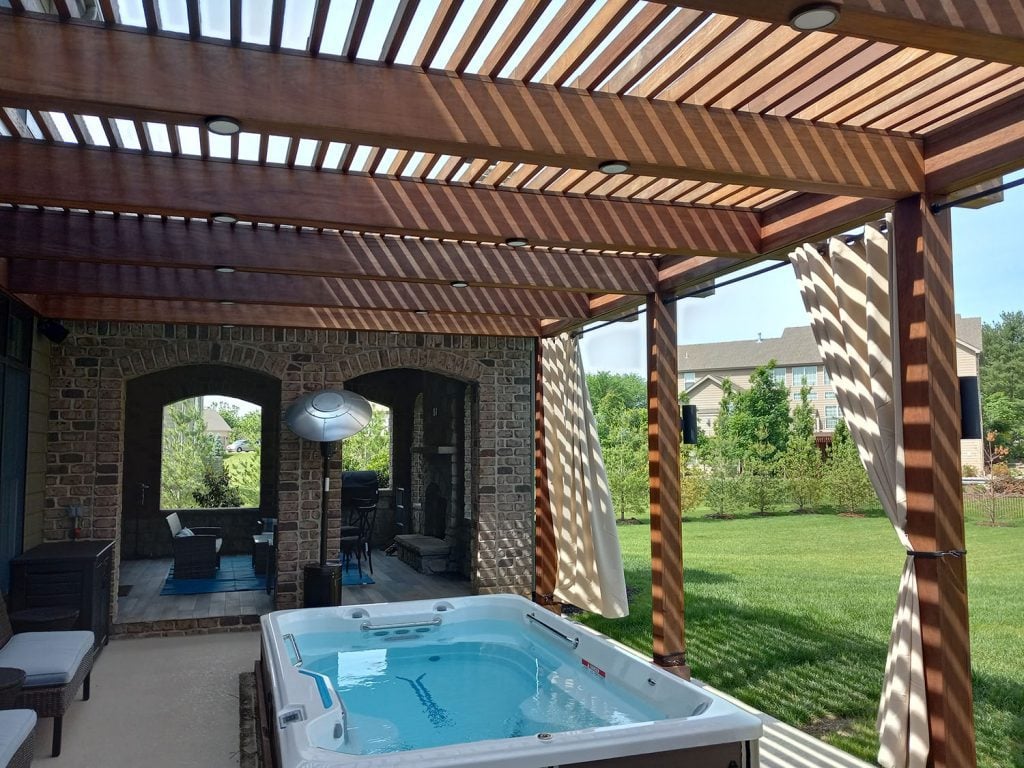The world of home design is constantly evolving to reflect our changing lifestyles, preferences, design trends and environmental concerns. In recent years, one trend has quietly yet assuredly risen to prominence: the use of narrow wood in modern home designs.
Here’s a deep dive into this trend, exploring its roots, benefits, and ways to incorporate it into your own home.
The Resurgence of Narrow Wood
Historically, narrow wood planks were commonly used in cottages and smaller homes due to their cost-effectiveness and ease of sourcing. Today, they have been repurposed and re-imagined, symbolizing minimalism, sophistication, and a nod to the past.
Why Narrow Wood?
Sustainability: One of the most pressing concerns of our era is sustainability. Narrow wood, especially when sourced responsibly, is a sustainable choice that reduces the carbon footprint associated with home building and renovations.
In the past narrow wood was often wasted as it was not considered in demand due to the majority of consumers wanting wider planks. Utilizing narrow boards allows almost the entire log the be manufactured into useful product which reduces waste and the need to cut additional trees down.

Versatility: Its slender profile allows for a variety of applications, from flooring to wall accents. This adaptability ensures that narrow wood fits seamlessly into various design aesthetics, from rustic to contemporary.
Also in regards to versatility we strive to find additional uses for narrow wood including anything from tomato stakes, silt screen stakes, furniture, etc.

Space Illusion: Narrow wooden planks, especially when used as flooring and or ceiling, can elongate a space, making rooms appear longer or wider than they actually are. It’s an optical trick that interior designers love.

Texture and Warmth: The natural grains and imperfections of wood bring warmth and texture to spaces, creating a cozy and inviting atmosphere.
Incorporating Narrow Wood into Modern Designs
- Floors: The most common application, narrow wooden planks for flooring can give an updated, refined look to spaces. Opt for a matte finish to capture the essence of modern minimalism.
- Accent Walls: Create a focal point in your room by applying narrow wood planks to one wall. This works exceptionally well behind headboards, in entryways, or even in home offices.
- Ceilings: Often termed the ‘fifth wall’, don’t neglect your ceiling. A narrow wood ceiling can elevate the aesthetics of a room dramatically.
- Furniture with Narrow Wood Accents: From console tables to bed frames, integrating narrow wood into furniture design can provide continuity in the design language of a space.
- Open Shelving: Floating shelves made of narrow wood can be both functional and decorative. They’re ideal for kitchens, living rooms, or any space requiring a touch of rustic charm.
Partner with the Right Palette
When incorporating narrow wood into your interiors, it’s crucial to choose the right color palette. Neutrals like whites, grays, and soft beiges let the wood stand out. For those inclined towards a bolder aesthetic, deep blues or rich terracottas can beautifully contrast with the wood’s natural tones.
Conclusion
Narrow wood is not merely a design trend; it’s a testament to how we’ve come to embrace sustainability, minimalism, and a blend of the old with the new. Its versatility ensures that it’s here to stay, promising warmth, texture, and style for modern homes everywhere. Whether you’re renovating or just seeking a touch of refinement, consider narrow wood as the unsung hero of modern home design.
